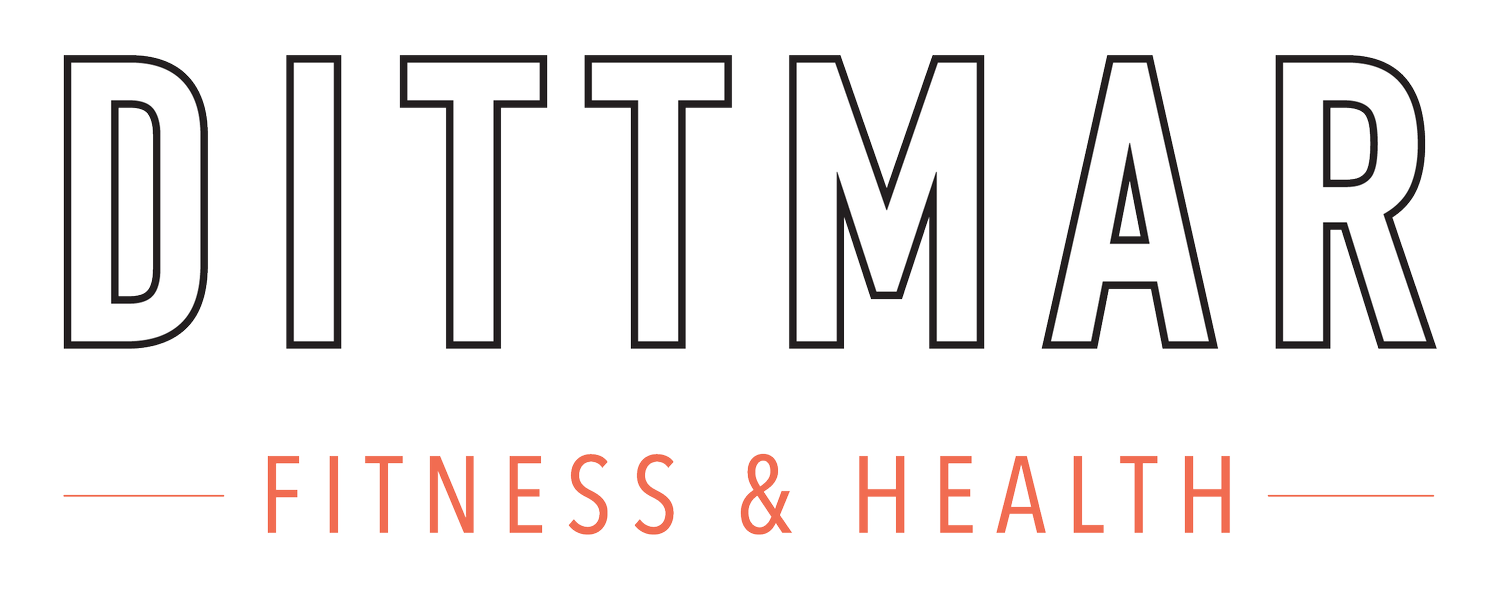Truth Bomb! Your Body Needs Stress to Stay Strong…
If you’re in your 40s, 50s, or beyond and feeling like your body is starting to rebel — with slower recovery, aches that seem to show up overnight, or a feeling of weakness that wasn’t there before — you’re not imagining things. But here’s the empowering truth: your body wants to be challenged. In fact, putting intentional, safe stress on your muscles, tendons, and bones is exactly what helps them stay strong and functional as you age.
Let’s talk about why.
Use It or Lose It Isn’t Just a Saying
As women approach menopause, estrogen levels decline — and this hormone plays a protective role in maintaining bone density and muscle mass. Without strength training or weight-bearing activity, women can lose up to 8% of their muscle mass per decade after age 30. After menopause, that number jumps significantly. According to a study published in the Journal of Cachexia, Sarcopenia and Muscle, postmenopausal women lose muscle at nearly 1% per year without resistance training (PMID: 32215926).
Tendons and Bones Respond to Load
Recently I asked a group of women why they weren’t currently making exercise a regular part of their routine. Their answer honestly surprised me. It was fear of injury. Not lack of time or not knowing what to do, but fear of getting hurt. Ironically, avoiding strength work is what makes injury more likely. Tendons — the tough connective tissues that link muscle to bone — become stiffer and less resilient with age. But research shows that targeted strength training can actually improve tendon structure and function. A study from the European Journal of Applied Physiology found that tendons adapt positively to mechanical loading, increasing their strength and elasticity over time (PMID: 12527967).
Likewise, your bones are living tissue that responds to the demands you place on them. Weight-bearing exercise increases bone mineral density, which is essential in preventing osteoporosis — a condition that affects one in two women over 50, according to the International Osteoporosis Foundation.
The Right Kind of Stress
When I say “stress,” I’m not talking about the emotional kind (though exercise helps with that, too!). I mean mechanical loading — like lifting weights, using resistance bands, climbing stairs, or doing bodyweight movements like squats or push-ups.
One 2021 study in Bone Reports showed that even moderate resistance training just 2-3 times per week helped improve bone density and muscle strength in postmenopausal women (PMID: 33748667). And perhaps more importantly, the women in the study also showed improvements in balance, coordination, and confidence — all critical for staying active and preventing falls.
Strength Is Freedom
Imagine bending down to pick up a grandchild, carrying groceries with ease, or traveling without fear of injury. These aren’t just nice ideas — they’re totally achievable. But they start with a mindset shift: aging doesn’t mean decline. It means adaptation.
Your body is incredibly responsive — even in your 50s, 60s, and beyond. The key is giving it the kind of stress that leads to growth, not breakdown.
Start small. Be consistent. And remember: every rep is an investment in your independence, vitality, and confidence.
#StrongNotFragile #StrengthIsFreedom #StressYourBodySmartly #WomenAndStrength #MidlifeFitness #MenopauseHealth #SarcopeniaAwareness #OsteoporosisPrevention #HealthyAging #FunctionalStrength #AgeStrong #LiftToLive #UseItOrLoseIt #ResilientAtMidlife #WeightBearingExercise #MuscleMatters #BonesAndBalance #TrainForLongevity #VitalityOver50 #CoachDittyApproved

